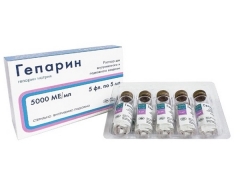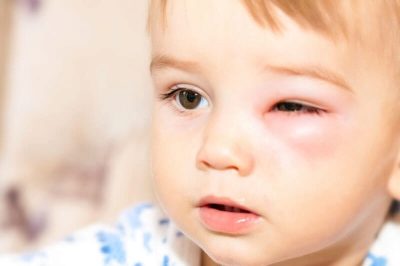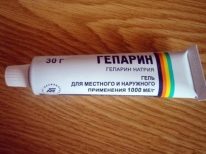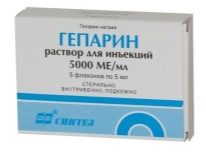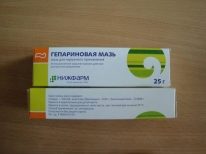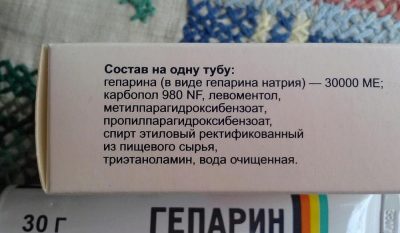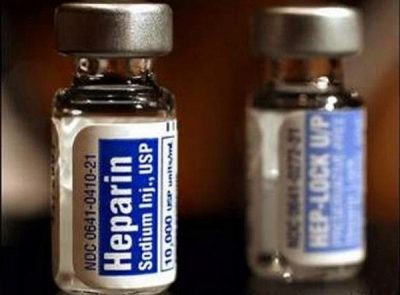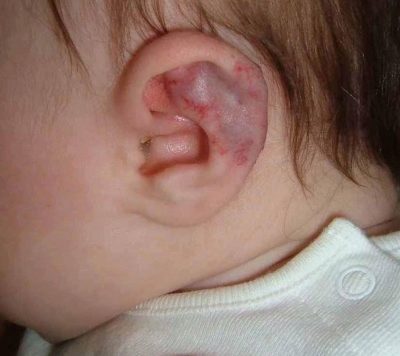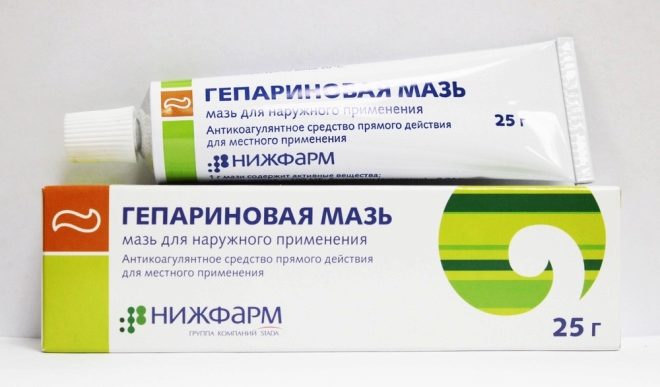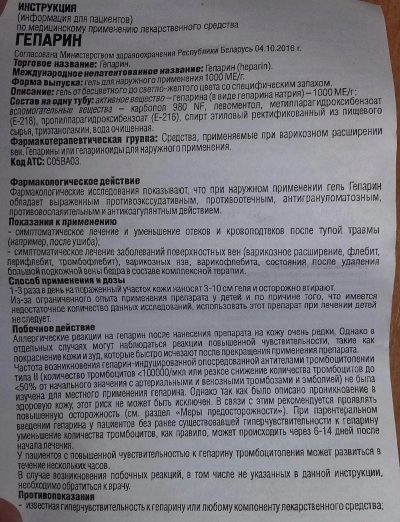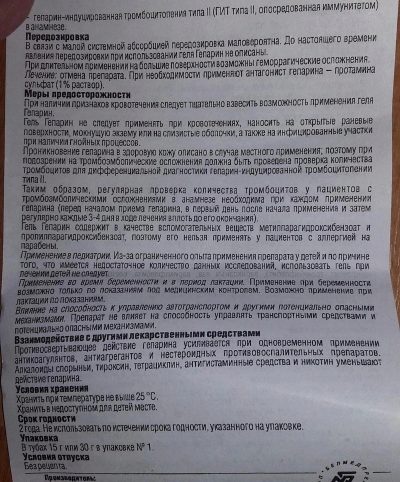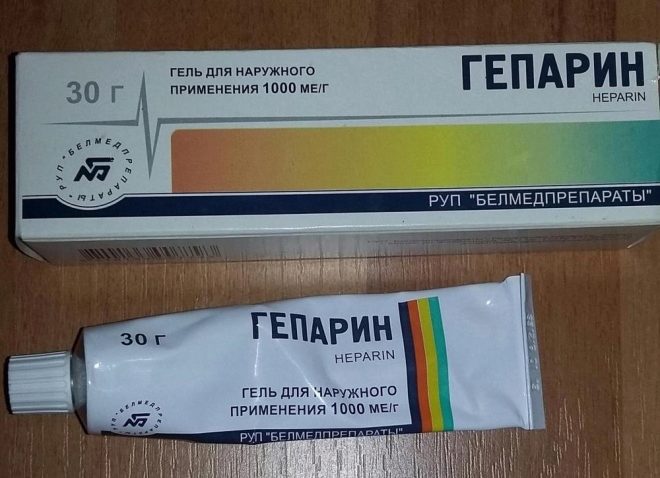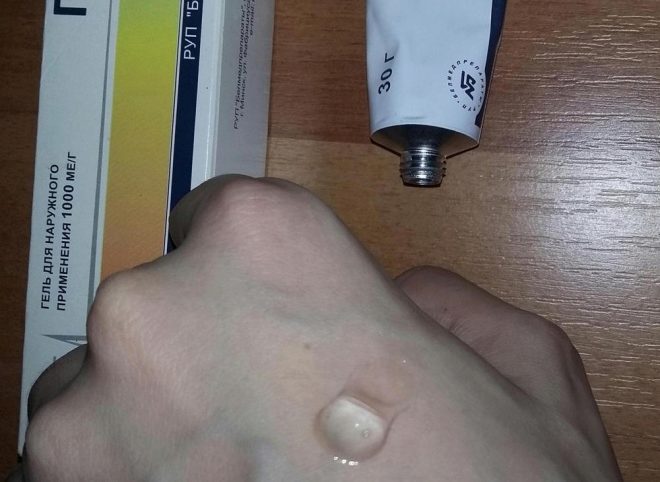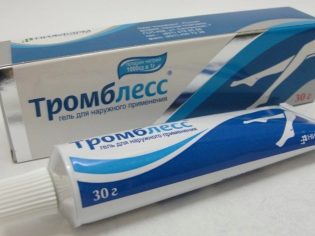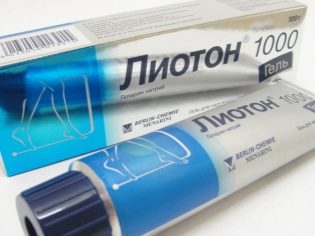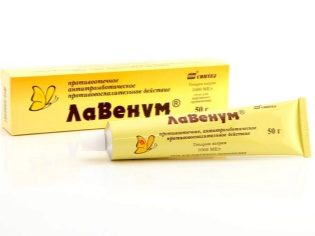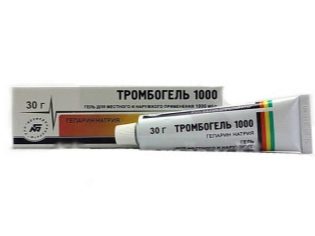Heparin for children: instructions for use
"Heparin" refers to the group of anticoagulants and is required for the formation of blood clots or hematomas. Is this medicine used in childhood and when it is prescribed to children?
Release form
Heparin is represented by several forms:
- Ampoules / vials for injections. It is a clear liquid with no color or with a slight yellow tint. Such a solution is intended for introduction into a vein or under the skin. In the ampoule / vial is 1, 2 or 5 ml of the drug, and one package includes 5 or 10 pieces.
- Gel. It is a light, transparent, odorless mass that absorbs quickly into the skin. One tube may contain such a drug in an amount of from 15 to 100 g.
- Ointment. It is a thick white or white-yellow substance. One tube contains 10 or 25 g of the drug.
Composition
The active substance of any form of medication is heparin sodium. It is well soluble in water and very bad in acetone, ethyl alcohol, benzene, or ether. The source of its receipt for drugs are the organs of animals. It is contained in a dose of 5000 IU per 1 ml solution for injection, 1 g of gel or 1 g of ointment.
In addition to heparin, ampoules contain sterile water, as well as sodium chloride and benzyl alcohol. In this product from some manufacturers have a solution of sodium hydroxide or hydrochloric acid. Heparin ointment includes two more active substances that enhance its effect. These are benzyl nicotinate and benzocaine. In addition, in this form of the drug is stearin, petrolatum and other components of the ointment base.
Operating principle
Heparin has the ability to slow down the formation of blood clots due to the action on antithrombin III. The drug activates this compound and accelerates its anticoagulant effect. In addition, the drug interferes with the conversion of prothrombin, as a result of which the activity of thrombin is inhibited, and new molecules are not formed. For such an effect, Heparin is called a direct acting anticoagulant.
Indications
Injection form drugs are used to prevent the appearance of blood clots, during surgical treatment, as well as when using hemodialysis. The drug is in demand in laboratories (as a means to prevent premature blood clotting). "Heparin" washed venous catheters. This remedy is also prescribed for glomerulonephritis or endocarditis.
Forms for local use (gel, ointment) used for bruises, injuries, subcutaneous hematomas or localized edema.
Such medications are prescribed for thrombophlebitis, if it infects the saphenous veins, as well as for external hemorrhoids. For children, they are most often used for bruising or to eliminate a local reaction to an injection.
At what age is it allowed to take?
There are no age restrictions in the treatment with “Heparin” in the form of injections, but the medicine is administered to children under 3 years of age only under medical supervision. In the annotation to local forms there is a contraindication to the use of ointment or gel in children, but in practice such drugs are prescribed from 1 year. At the same time, giving medicine without consulting a doctor is prohibited.
Contraindications
"Heparin" is not used for bleeding or the risk of their development, suspected hemorrhage, recent operations on the brain, organ of sight, liver, or after spinal cord puncture.Such a drug should not be administered in case of severe liver disease or ulcerative lesions of the digestive tract. In addition, the drug is contraindicated in people with hypersensitivity to its components. Local products should not be applied to damaged skin or mucous membranes, as well as with purulent lesions of the skin.
Side effects
Heparin injections can provoke bleeding, cause allergies and adversely affect the digestive tract. At the injection site (as well as using an ointment or gel), adverse reactions such as redness, soreness, hematoma, or skin irritation are possible.
Instructions for use and dosage
Doctors determine the dosage and regimen of medication individually: on the basis of clinical symptoms, the age of the child and the form of Heparin used. Injections are made either into the vein (often prescribed droppers, for which the drug is diluted with saline), or under the skin in the abdomen. Intramuscular injection is prohibited.
The medicine is applied to the skin in the place of a bruise or injury with a thin layer twice or thrice a day. The drug is used until the complete disappearance of hematoma or infiltration, which most often occurs in 3-7 days.
Interaction with other drugs
The effect of the drug is enhanced if nonsteroidal anti-inflammatory drugs, antiplatelet agents and other anticoagulants are used simultaneously. At the same time, antihistamines, tetracyclines, thyroxin, nicotine and ergot alkaloids reduce the therapeutic effect of Heparin. Mixing solution for injection is recommended only with saline.
Terms of sale and storage
To purchase an injectable form, a prescription from a doctor is required, and local medicines are non-prescription drugs. The average price of 5 ampoules of 5 ml is 400 rubles, and the cost of a tube of heparin ointment is from 30 to 70 rubles.
Keep the medicine at home in a place hidden from children, where sunlight does not fall. The storage temperature of the ampoules and the gel should not exceed +25 degrees, and it is advisable to keep the ointment in the refrigerator (at temperatures below +15 degrees). The shelf life of the gel is 2 years, and other forms - 3 years.
Reviews
On the use of "Heparin" for children there are mostly positive reviews. Often they refer to the use of local remedies, which are praised for low cost, ease of use, and a fairly rapid therapeutic effect.
Analogs
Other drugs with the same active compound — for example, Trombless, Lioton 1000, Lavenum, or Trombogel 1000 — can serve as a replacement for Heparin. If Heparin is used in injections, the doctor may prescribe other anticoagulants instead, containing sodium enoxaparin or calcium suproparin. These drugs are manufactured by different companies: Sotex, Farmak, Sanofi, Glaksosmitkline and others. Only a specialist selects such a replacement.
See the video instruction from Dr. Komarovsky - how to give first aid to a child with a bruise.
